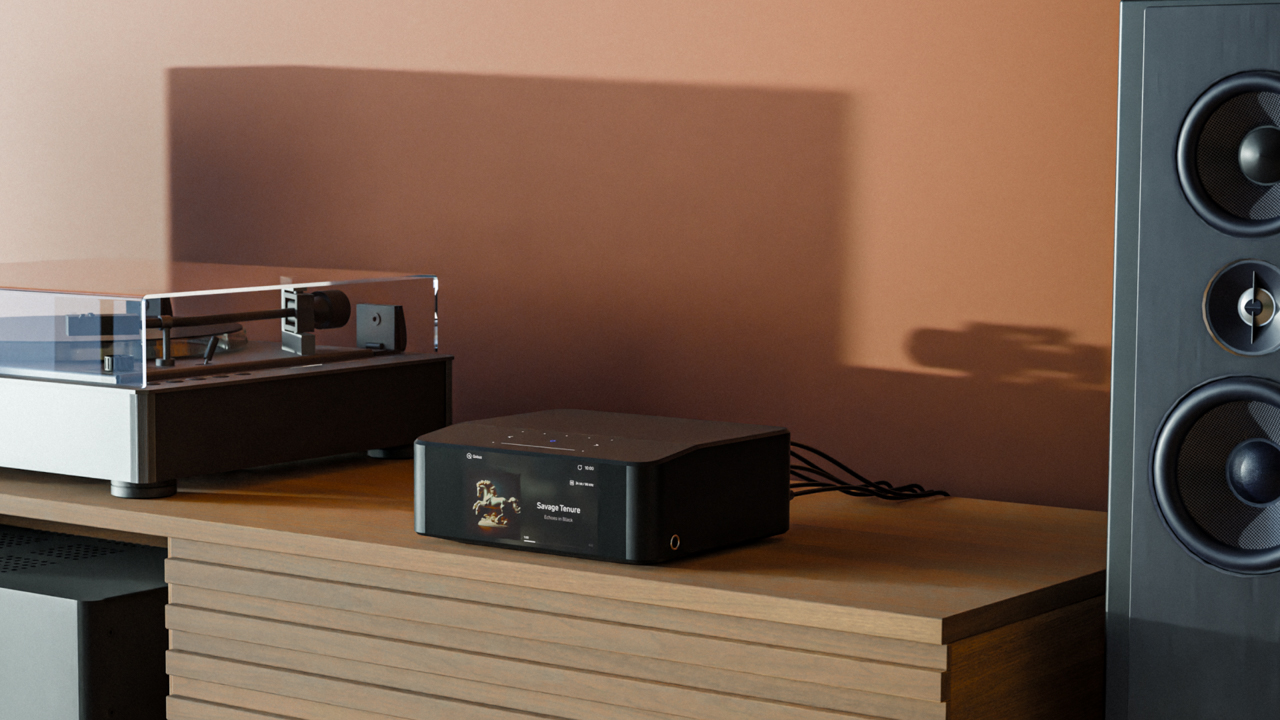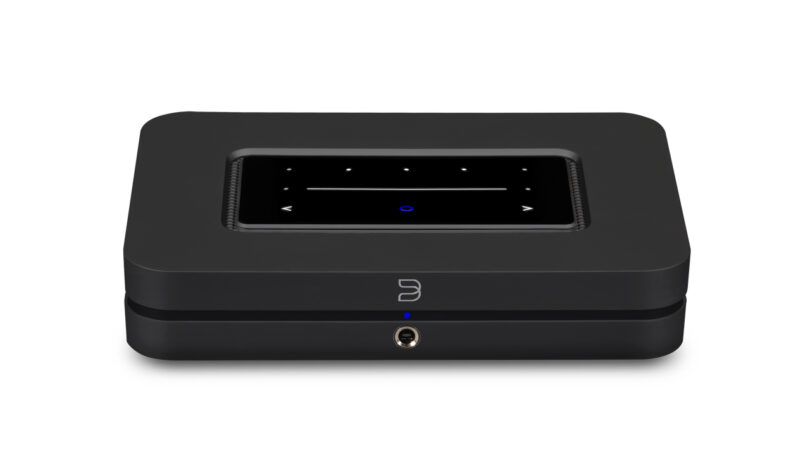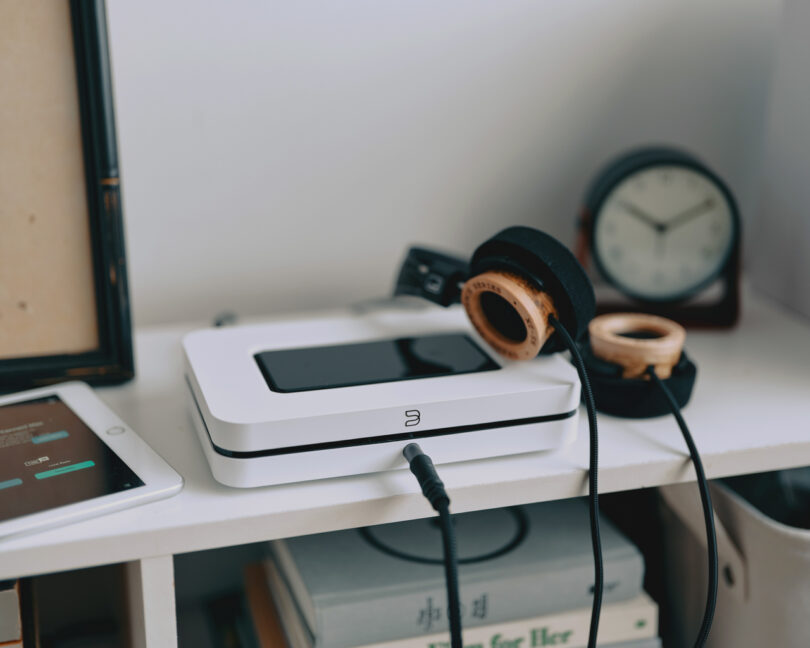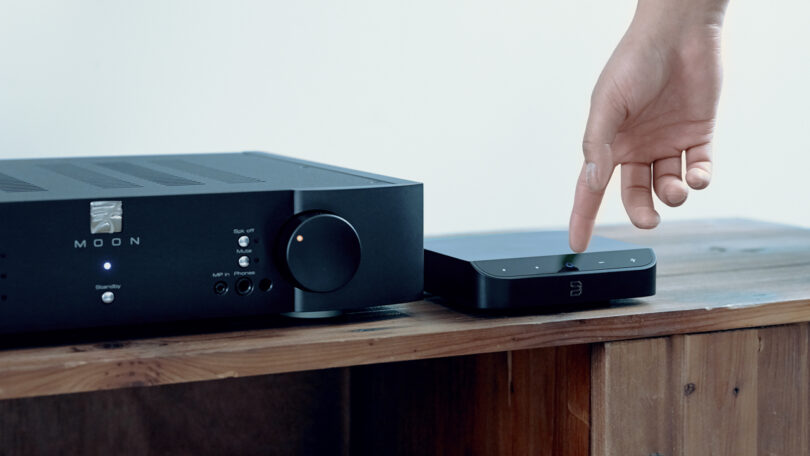
[ad_1]
You no longer have to choose between upscale Hi-Fi audio and modern wireless technology. Companies like Bluesound have been slowly but surely building higher-end tech into their new products, and the latest and greatest Bluesound NODE series is a perfect embodiment of that. The series – featuring the NODE, NODE NANO, and NODE ICON – carries on the legacy of the original NODE, launched a decade ago. The devices are built to integrate seamlessly with wireless home audio systems while connecting to top-grade speakers.

Each model supports Apple AirPlay 2, aptX Adaptive Bluetooth, and offers direct streaming from services like Amazon Music, Tidal, and Spotify. With the inclusion of ESS Sabre DACs, the NODE series delivers high-resolution audio up to 24-bit/192 kHz. Additionally, the devices offer both wireless and wired connectivity, with more options available on the larger, more expensive NODE models.

Bluesound NODE

Bluesound NODE NANO
Bluesound NODE ICON
Bluesound’s commitment to design and audio quality is evident in the NODE series’ sleek appearance and premium build. For a deeper understanding of the design process behind the NODE series, we spoke with Bluesound Product Manager Morten Nielsen.
What are the challenges associated with designing audio tech that’s built to bring together a customer’s audio needs like the NODE series does?
With the NODE, our sole mission is to connect listeners with all their favorite music at the highest possible sound quality and without network interference, no matter where it lives. This is the challenge since home networks are very complicated, with lots of technologies and wireless activity working side by side. We also want the user experience to be as seamless as possible, so lots of energy goes into our product designs to limit circuit interference and ensure uncompromised music performance on any network.

How do modern technologies shape design as it relates to a system like NODE?
Advancing modern technologies make it much easier to go from ideas to design that we can touch and feel. Our design and engineering team is inspired by bringing Hi-Fi quality streaming to everyday life since our products live in the homes of many different people and lifestyles. Our team relies on 3D printing and foam models in the very early stage of product design to help bring our vision to life. With expert engineering and a deep pedigree in audio design, we continue to pursue new ways to innovate our products, from board layouts to technologies that improve performance or simplify production.
Is it difficult to design something that’s appealing to old-school audiophiles and newer customers that might be more willing to embrace wireless tech? Why or why not?
It is always a challenge to design lifestyle-orientated products that appeal to a wide consumer base that includes both audio enthusiasts and music lovers. As a brand with a rich Hi-Fi pedigree and decades of audio research and development, our design team has a deep understanding of the needs and wants that is carefully balanced with our philosophy for home audio. We also pride ourselves on our “listening commitment” and working closely with partners to better understand customers and how we could improve our products.

In a world of cheap wireless speakers like the Amazon Echo, how does design play into convincing potential customers to switch to a higher-end and better-sounding system?
A lot of hours and thought goes into the design of our products. We don’t want to blend too much in, and we don’t want to overdesign our stuff. Many times our design is a reflection of what is needed for a product to perform its best. First, we determine what is exactly needed for a product to work and then create a design around that. Instead of designing a product and then trying to make it work afterwards. We are well recognized for our audio and build quality, but we strive to push beyond these expectations and design speakers and stereo components that deliver more, like presets for app-free playback and control of your favorite music and sources.
![]()
How important is software design as opposed to hardware design for a system like those in the NODE series?
They are both are equally important. We need good hardware for the software to run smooth, and in order for our developers to continue to improve our products over time with updates. The original NODE broke through more than 10 years ago, backed by a powerful processor that we are still able to update with the latest features and technologies today. We try to design products for today and tomorrow, and that goes for hardware and software.
The NODE NANO comes at $299, the standard NODE costs $549, and the NODE ICON is $999. The new Bluesound NODE series is available now and for more information, visit bluesound.com.

Christian de Looper is a consumer tech reporter based in sunny Santa Cruz, California. Christian has reported on tech for over 10 years, with bylines in many of the largest tech publications, including Digital Trends, Forbes, CNN Underscored, Tom’s Guide, and PCMag. Christian has an obsession with how tech companies balance great design with great functionality, and lives at home with his wife, daughter, and cat.
[ad_2]